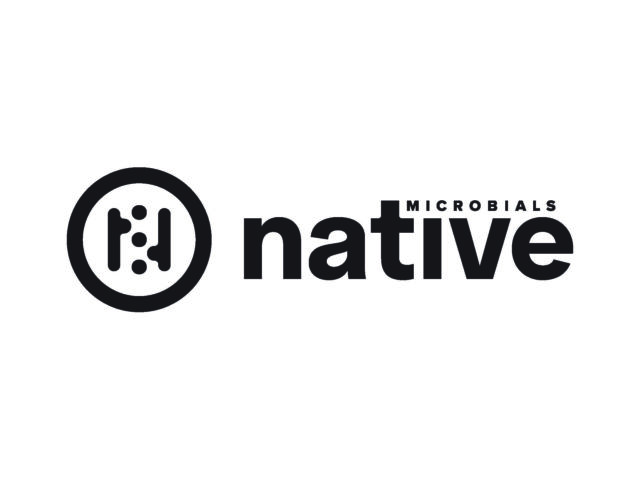U.S. dairy replacement cattle exports turned in pedestrian numbers in October, but they’re breaking into a sprint to end the year.
The U.S. Department of Agriculture said 894 female dairy cattle found homes outside the U.S. in October, down 10 head from the previous month and down more than 300 head from October 2015. Mexico (565 head) and Canada (329 head) were the only buyers for the month.
Through October, female dairy cattle exports were estimated at 7,445 head, about half of the number marketed during the same period a year ago. Annual sales were on pace to be the slowest year since 2007.
Total October 2016 sales were valued at $1.78 million, half of the October 2015 total of $3.56 million.
Beating the wall
Despite the low October numbers, buyers from Mexico have come off the fence and are buying dairy heifers since the U.S. presidential election, said Tony Clayton, Clayton Agri-Marketing Inc., Jefferson City, Missouri.
“A couple of thousand” dairy heifers were purchased from the Midwest, with a push to get them across the border by Dec. 23, when Mexico closes the border for the holidays, Clayton said. Schedules tend to change, but the border may reopen to cattle crossings on Dec. 27, or in early January.
“I believe there will be another push to buy heifers in early January and get them across the border before Donald Trump is sworn in as president on Jan. 20,” Clayton said.
Interest is coming from elsewhere around the globe. Clayton’s company will send about 1,500 Holstein heifers to Sudan in late January. The heifers are sourced primarily from Idaho.
There is also renewed interest from Turkey and Russia, two of the largest U.S. cattle markets between 2009-2014. A limiting factor for U.S. heifers may be stricter import documentation policies, however. The political situation in Russia still makes it a high-risk market.
“If the U.S. expands any sanctions, I am concerned tit for tat sanctions from Russia would impact livestock sales and once again agriculture would be a pawn in the game of political chess,” Clayton said.
Gerardo Quaassdorff, DVM, sales and management consultant with TK Exports Inc., TKE Agri-Tech Services Inc., Boston, Virginia, said dairy cattle exporters are receiving more serious trade leads compared to earlier this year. However, the strength of the U.S. dollar remains a hindrance to closing deals.
U.S. dairy cattle exports are competing against the supply of lower-priced dairy heifers coming from the European Union, Australia and New Zealand, Quaassdorff said.
Another challenge for U.S. exporters is the need to convince foreign buyers to improve feeding and management to optimize the performance of high-quality dairy cattle from the U.S.
Dairy embryo exports lower
Foreign sales of U.S. dairy embryos also slipped in October, falling to the lowest monthly total since February.
October 2016 shipments totaled 543 embryos, valued at $626,000. China was the leading market for the month, purchasing 320 dairy embryos, followed by Vietnam, at 174. ![]()

-
Dave Natzke
- Editor
- Progressive Dairyman
- Email Dave Natzke












